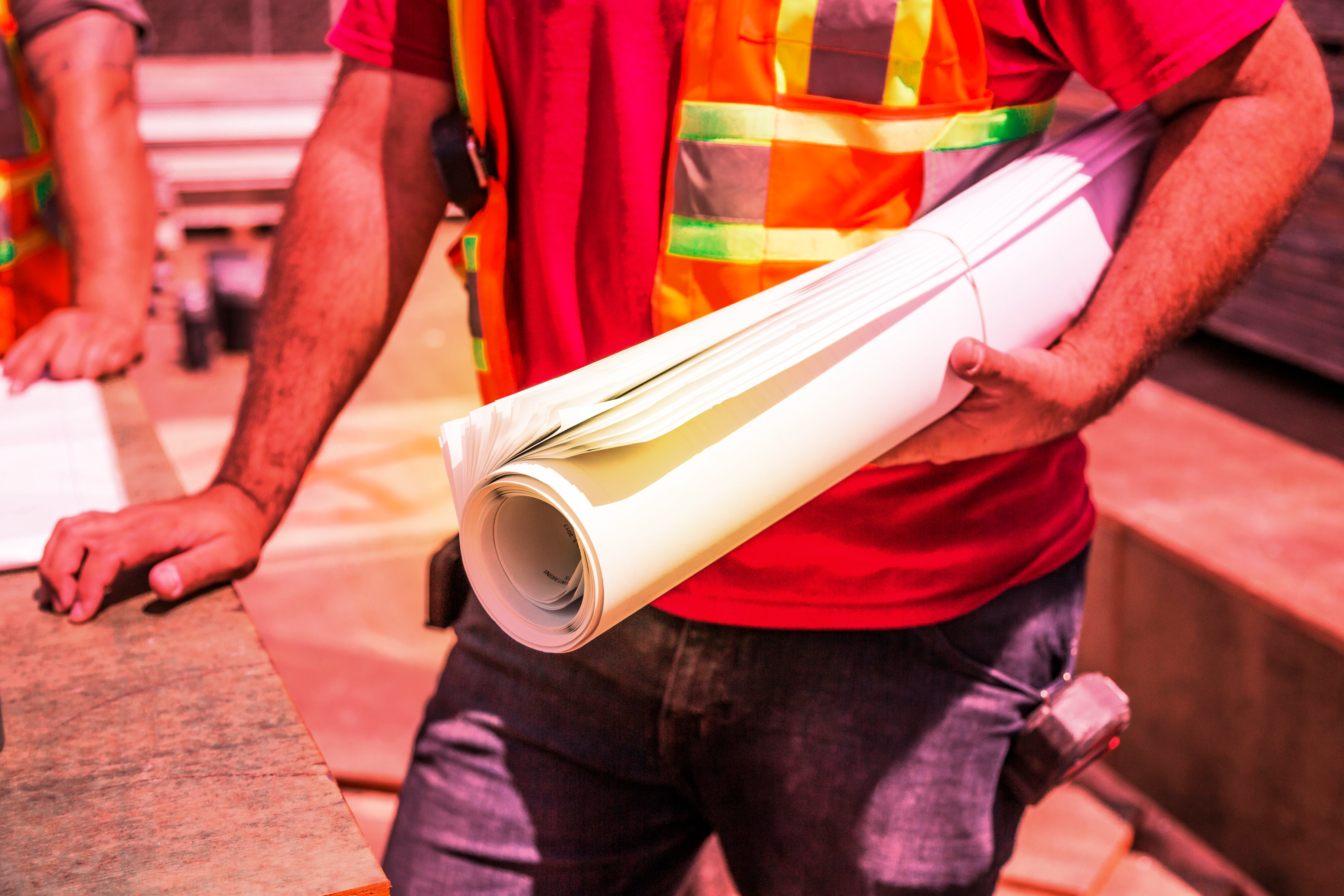Capital Timing Helps Construction Overcome Rising Interest Rates
Construction starts underway with capital arranged at rates lower than today.
Promising data reported recently by the Dodge Construction Network suggested optimism despite the headwinds of higher interest rates, construction costs and inflation.
Industry analysts, however, suggest those numbers are more a result of savvy financing and loans that were in place before the rising rates of the past half-year or so.
Jeff Halper, vice president of procurement, Ryan Companies US, tells GlobeSt.com that he is still seeing construction starts from deals that closed when capital wasn’t as expensive.
“We will see a bit of a delayed reaction as the market reacts to the most recent changes by the Fed,” Halper said. “The timeline for construction starts is generally a bit delayed, so the impact may not be seen for a few months after the changes.
“Overall, companies like Ryan are well-positioned to work with our capital partners to fund new construction even as the market tightens a bit into 2023.”
Agreeing, David Greensfelder, Managing Principal, Greensfelder Commercial Real Estate, tells GlobeSt.com that two points make a line, but don’t denote a trend.
“It’s quite likely that financing for October construction starts was in place before October and therefore not as impacted by interest rate hikes,” Greensfelder said.
“Also, it’s quite likely that commercial developments benefit from at least some pre-leasing activity. The difference between commercial and residential construction starts drives this point home: the new home market is quite sensitive to interest rate hikes, and this especially applies to market entrants who don’t bring accrued equity with them.”
Year-to-date, Dodge reported that total construction was 16% higher in the first 10 months of 2022 compared to the same period of 2021. Nonresidential building starts rose 37% over the year, residential starts remained flat, and nonbuilding starts were up 17%.
‘Creative’ Financing from Clients
Adam Wright, Principal and Director Land Development Services, Avison Young, tells GlobeSt.com that a significant amount of capital is needed to get to the point of breaking ground on a project.
“Projects that are ready to come out of the ground that have approvals or permits need finances as well as material costs locked in to prove out the investment,” he said.
“So, if construction costs are still up, as well as interest rates, how can we build with uncertainty?”
Wright said that Avison Young has seen creativity from its clients in a very turbulent market.
“Shopping out financing options has been just as important as sending bids to multiple subcontractors and material suppliers to find the best numbers,” he said.
“Going to multiple financing partners and finding a blending rate has moved the dial a little to allow some projects to break ground.
The life cycle of large development projects has an 18- to 36-month period from concept through to delivery, Wright pointed out.
“Understanding material lead times was the most recent hurdle due to delays associated with the pandemic,” he said.
“Now, we are seeing a shift toward reanalyzing products and specifications to find the best value for projects. This has created a push to projects’ timelines but not a pause. Understanding the value of the pre-construction period in a project life cycle will win the day as we strategically navigate through a new and ever-changing real estate world.”
By Paul Bergeron | Globest.com
